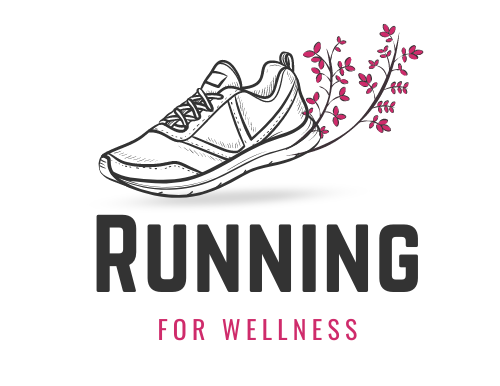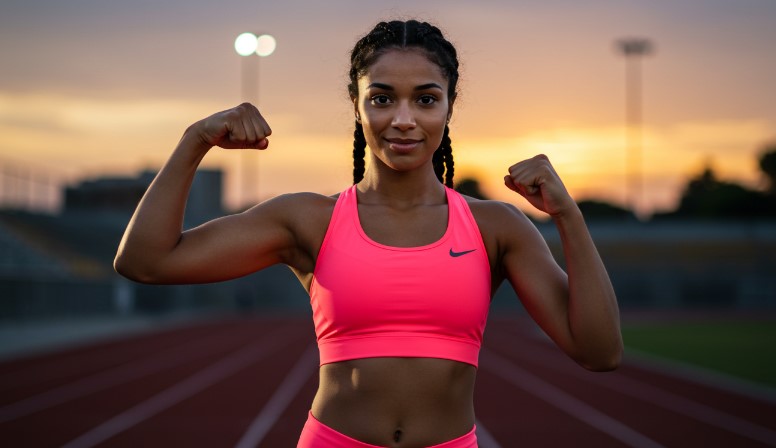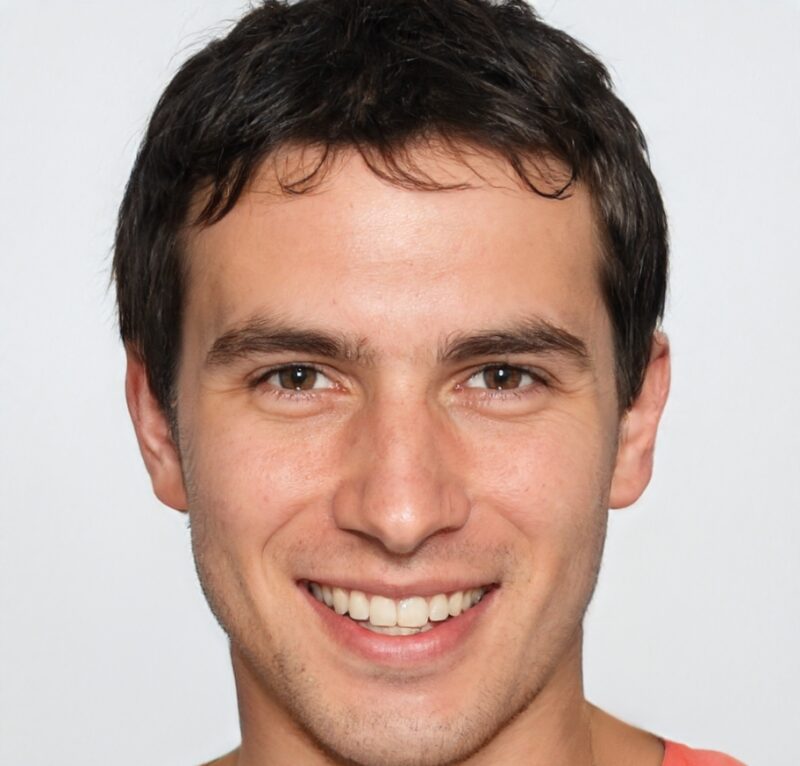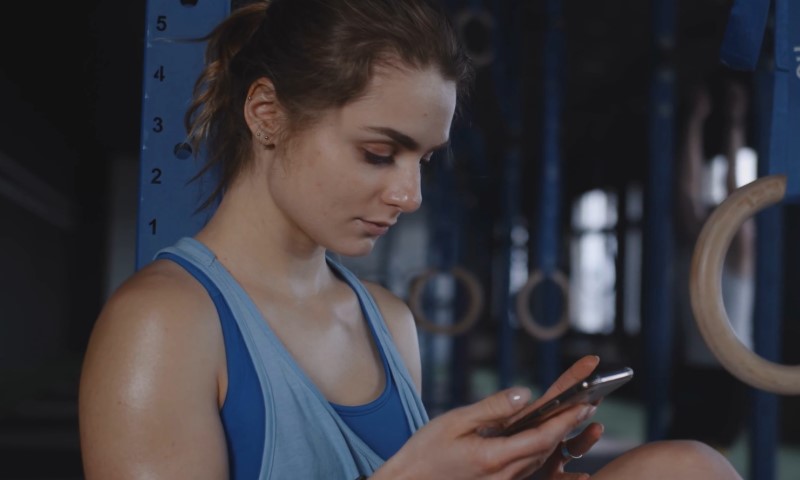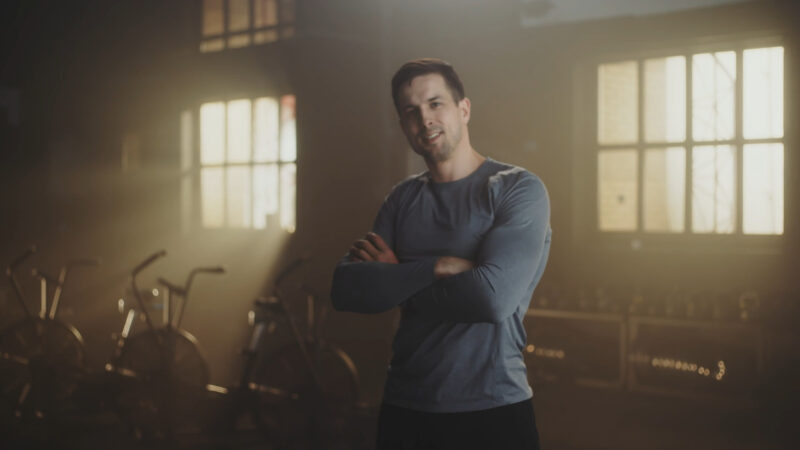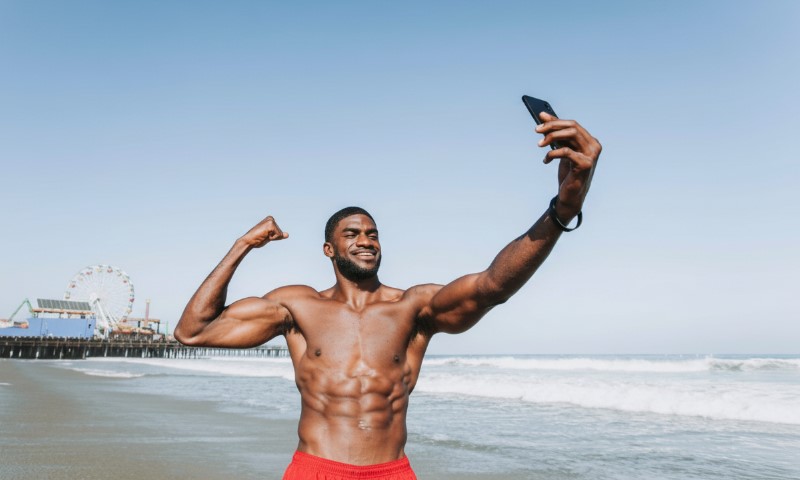High-quality photos matter for sponsorships and athletic visibility because they directly influence whether brands see you as a professional worth investing in. Sponsors look for athletes who can represent their products clearly and attractively, and clear, well-composed photos prove you take your image seriously.
Statistics show that athletes who consistently post high-quality images can increase their social media engagement by up to sixty percent, which expands reach and signals value to sponsors.
Without strong photos, even talented athletes may struggle to secure sponsorships, while athletes with clear, professional images are more likely to stand out, attract brand attention, and gain financial or product support to advance their athletic careers.
Table of Contents
TogglePhotos Are Your Athletic Resume in a Visual World
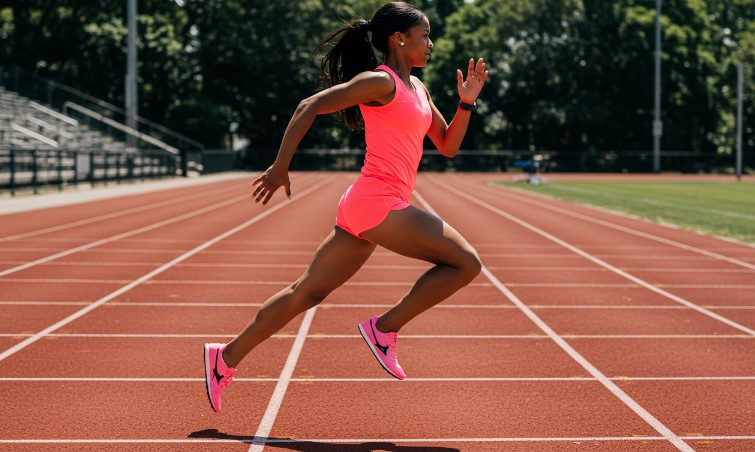
In sports today, your online presence directly affects your opportunities for sponsorship and visibility. Brands evaluate athletes on how well they present themselves, and high-quality photos play a direct role in this assessment. Sponsors look for athletes who can represent their products clearly and professionally, which aligns with their brand identity. Sharp, well-lit, high-resolution images reflect your discipline and seriousness about your sport, while low-quality, blurry images can signal a lack of preparation.
A strong visual presence shows that you are active and prepared to promote yourself and your sponsors effectively. Brands often decide within moments whether to consider you for opportunities, and clear images from competitions, training, and day-to-day activities help them see how their products can integrate into your athletic lifestyle. This makes it easier for brands to assess potential partnerships and product placements with you.
Impact of High Quality Photos on Sponsorship and Visibility
| Benefit | Detail |
|---|---|
| Sponsor Appeal | Demonstrates a professional image and reliability |
| Increased Engagement | Higher likes, shares, and follower growth on social media |
| Better Media Coverage | Editors require clear images for publication |
| Strong Personal Branding | Builds a consistent public image that aligns with the brands |
| Community Building | Helps followers connect and engage with your content |
Social Media and Engagement Growth
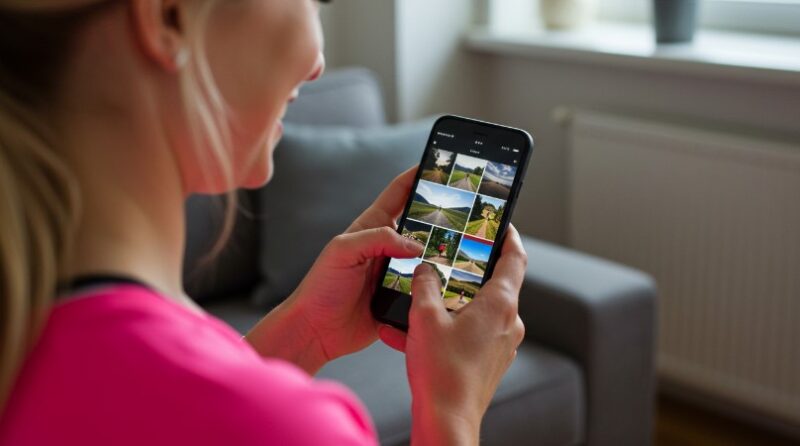
Platforms such as Instagram and Facebook are essential for athletes aiming to gain visibility and attract sponsors. Posts with clear, high-quality photos consistently receive more engagement, signaling to brands that your platform is effective for showcasing their products. Research indicates that posts with high-resolution action images can receive up to sixty percent higher engagement compared to low-quality photos.
High-quality photos help you document your training, races, and personal updates in a clear, direct manner, creating a consistent feed that aligns with sponsor expectations. This consistency improves your chances of being noticed by brands looking for athletes who can represent their products through professional and engaging social media content.
Using a Photo Editor to Maintain Consistency
While professional photography is ideal for key race days and sponsored content, maintaining high quality also requires you to manage your daily content. Learning to use a photo editor allows you to adjust brightness, correct color, and crop your images for consistency across your platforms. This helps keep your feed organized and visually aligned with sponsor expectations even when you capture content independently during training or travel.
Using a photo editor ensures that you meet consistent quality standards and reduces the chance of posting low-quality images that could harm your professional presentation.
Building Trust with Sponsors and Event Organizers
Sponsors and event organizers evaluate athletes on how they present themselves publicly as well as on their performance. High-quality images demonstrate that you take your branding seriously and can professionally handle a sponsorship agreement. This reduces the perceived risk for sponsors, making them more likely to consider you for product or financial support.
For example, a trail runner with organized, high-quality images from races can more easily secure local or regional sponsorships by demonstrating the type of consistent content a brand can expect. These images provide clear evidence that you can deliver reliable, sponsor-friendly content, making it easier to request race entry support, product sponsorship, or funding.
Photos Improve Media Coverage Opportunities
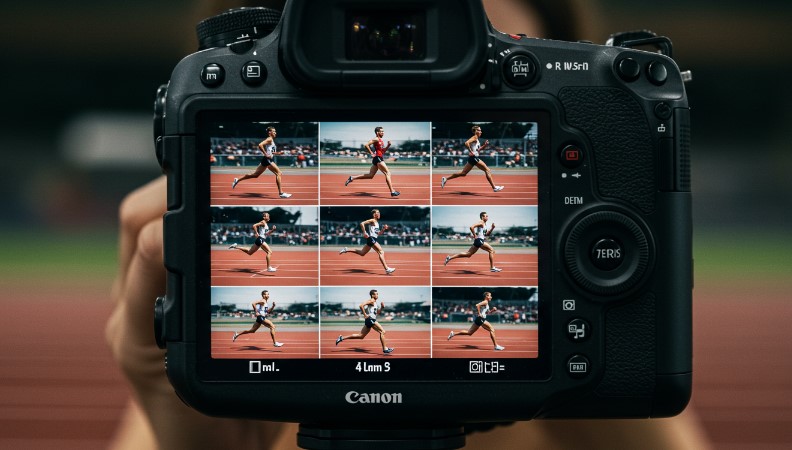
When editors from sports publications, websites, or local media look for athletes to feature, they prioritize athletes with professional images ready for publication. Editors often skip profiles without clear, high-resolution images due to publication quality requirements. Having a library of clear, well-organized images enables you to respond quickly to media requests, positioning you as a prepared athlete ready for broader coverage when opportunities arise.
Practical Steps to Improve Your Photo Quality
| Step | Action Description |
|---|---|
| Use Good Lighting | Shoot in bright, natural light to reduce grain and increase sharpness |
| Capture Clear Angles | Choose angles that show your athletic form and activity |
| Maximize Camera Settings | Learn manual focus, exposure, and composition on camera or phone |
| Work with Photographers | Arrange collaborations in exchange for social media credits |
| Organize Your Photo Library | Sort images by event, date, or theme for easy access |
| Edit Before Posting | Adjust lighting, crop, and sharpen to align with your branding |
Using good lighting is the most effective way to improve your photo quality without additional equipment. Aim to take your photos in natural light, such as early morning or late afternoon, when sunlight is even and soft, to reduce harsh shadows and highlight your features. Avoid taking photos in low-light conditions as this increases noise, reduces clarity, and results in a lower-quality appearance. Lighting alone can elevate your photos, making them sharp and clear, which is essential for presenting yourself professionally to sponsors.
Choosing angles that clearly show your form and activity is important for athletic content. During training or races, position the camera to capture your movement, such as a side profile during a sprint or a clear front angle during a strength lift, ensuring your form is visible. These angles help demonstrate your skill level and dedication, which are qualities sponsors look for when assessing athletes for potential partnerships.
Maximizing your camera settings will further improve the quality of your images. If you use a camera, learn how to adjust manual settings such as focus, shutter speed, and exposure. If you use a smartphone, explore manual mode options or use apps that allow you to adjust focus and exposure directly. These settings help you control how light and motion appear in your photos, giving you clearer, professional-looking images that are more engaging for your audience and more suitable for sponsor promotions.
Working with photographers during events or training sessions can provide you with consistent, high-quality images. If budget is a concern, you can arrange collaborations with local photographers, offering to credit them on your social media posts in exchange for their photos.
Organizing your photo library is a simple but critical habit. Sort your images into folders labeled by event, date, or content theme, such as races, strength training, or sponsor-related posts. This system makes it easier to locate and send relevant photos when sponsors or media contacts request images for features, proposals, or social media collaborations. An organized library ensures you can respond quickly and professionally to opportunities.
Conclusion
High-quality photos are a practical and essential tool for athletes looking to secure sponsorships and expand their visibility within their sport. They demonstrate your professionalism, increase your social media reach, and improve your chances of being featured by media outlets. By maintaining clear, organized, high-quality images, you present yourself as a reliable partner to brands, increasing your potential to secure sponsorship opportunities that support your training, racing, and long-term athletic goals.
Related Posts:
- Top 400 Hilarious Gym Quotes to Keep You Motivated
- How Can You Start a Career as a Running Coach?
- 25 Simple Running Motivation Tips To Get You Moving
- How Long Does It Take to Train for a Half Marathon?
- How Far Is a Half Marathon? Everything You Need to Know
- Lower Back Pain While Running? Here's What You Need to Know
